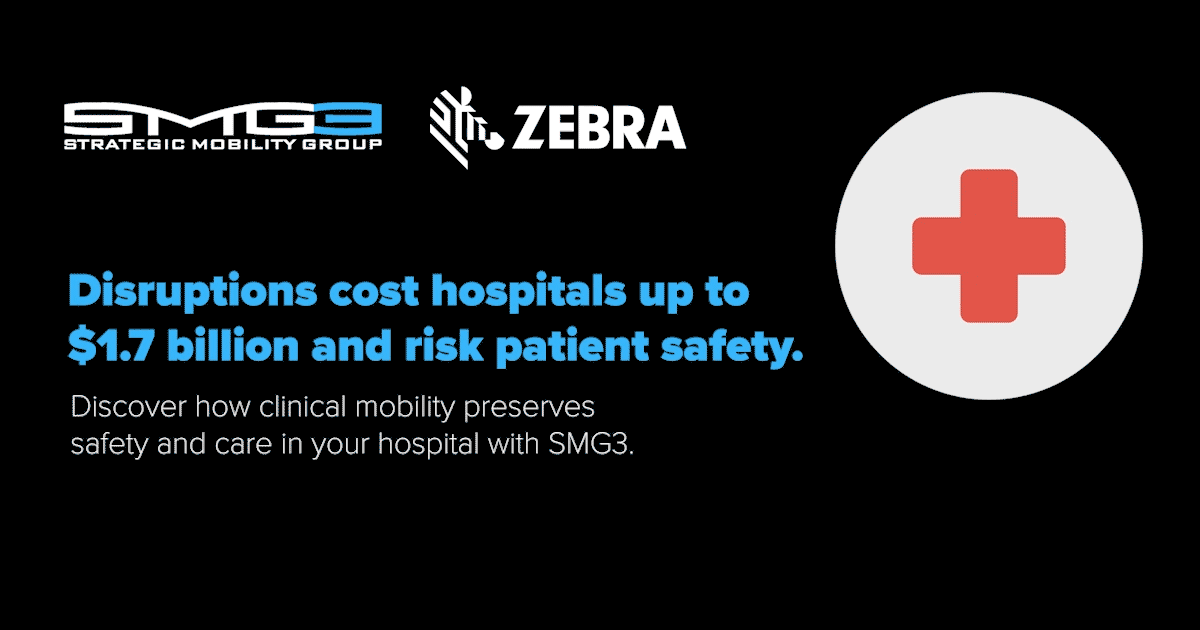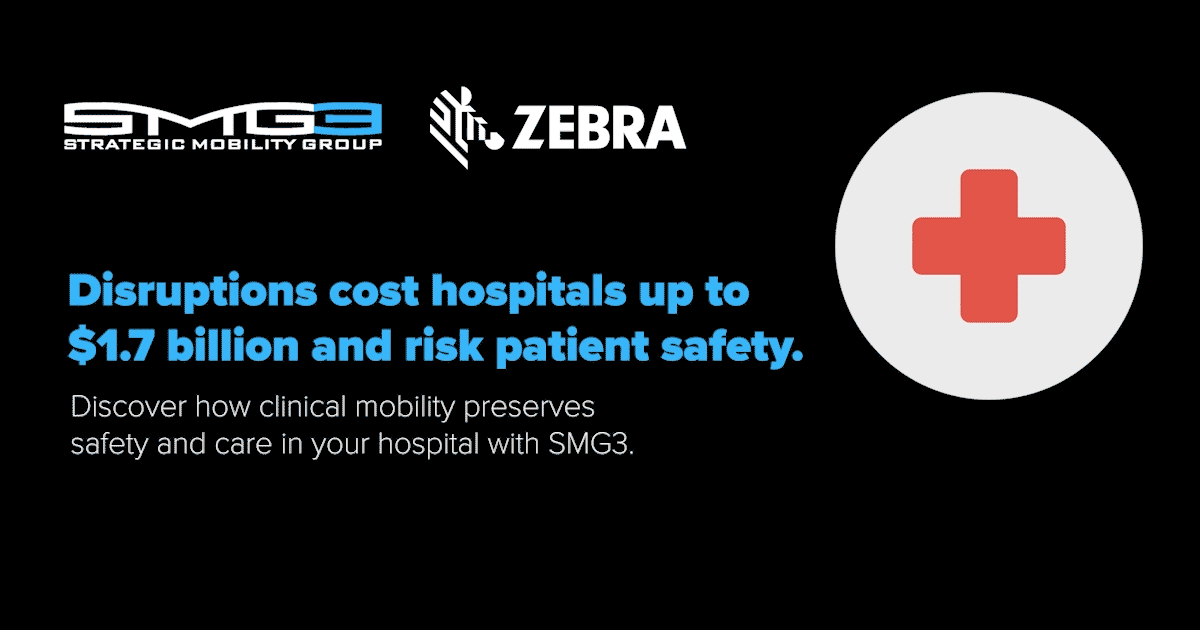3 Ways Clinical Mobility Enhances Patient Safety

Clinical workers need to meet shifting demands and overcome healthcare challenges like incomplete visibility, labor shortages, and workflow management. When these challenges come into hospital floors, they can hinder the ability to improve patient care and ensure safety. Incomplete visibility, shortages, and improper management reduce patient safety because it creates miscommunication. Studies indicate that communication failures can amount to 37% of all high-severity injury cases and cost hospitals up to $1.7 billion. Disruptions and downtime can jeopardize patient safety, diminish quality care, and ultimately lead to dissatisfied clinical staff.
Fortunately, staff with access to solutions like clinical mobility can close communication gaps while also combating downtime. Clinical mobility enables healthcare workers to improve safety and care with stronger communication and data access that eliminates downtime. Studies show that 95% of IT decision-makers expect to increase spending in healthcare IT and clinical mobility in the next year.
Give your clinical staff the features they need to preserve safety.
Decision-makers that already use clinical mobility in their hospitals are recognizing new improvements too. Studies indicate that 85% of clinicians see an increase in medical workflow accuracy and 84% see a reduction in preventable medical errors. Since clinical mobility provides such an increase to clinical accuracy, it can dependably preserve patient safety when it comes with the right features.
- Advanced asset tracking that reduces errors - Dependable tracking of healthcare assets and patient wristbands can give workers information access to create a smoother hospital floor. Healthcare scanning solutions streamline crucial data onto a centralized dashboard for hospital admins to monitor and make decisions. SMG3’s tracking solutions provide your staff with real-time visibility into every corner of your hospital to notify administrators of failing devices too.
- Consistent wireless connections - Effective communication in hospitals can deliver a new level of quality care to patients and ensure workers meet floor demands. Factors like radiation and X-ray rooms, however, can affect the read ranges of barcode scanners and cause dropped calls. SMG3’s WiFi Guys integrate no-drop wireless connectivity to reduce disruptions and help your clinical staff do what they need to do.
- Enhanced usability and mobility - Since hospitals encounter heavy demands, it can be time-consuming and costly to wait for new clinical staff to learn new technologies and tasks. You can combat this and even reduce disruptions with handheld clinical smartphones built to resemble smartphones. Clinical smartphones like the TC52-HC purpose-built touch computer provide every patient with quality care.
Clinical mobility helps healthcare staff reduce errors and downtime to ensure patients are safe and provided with the highest quality of care. Contact us today to learn more about how clinical mobility preserves hospital safety.
